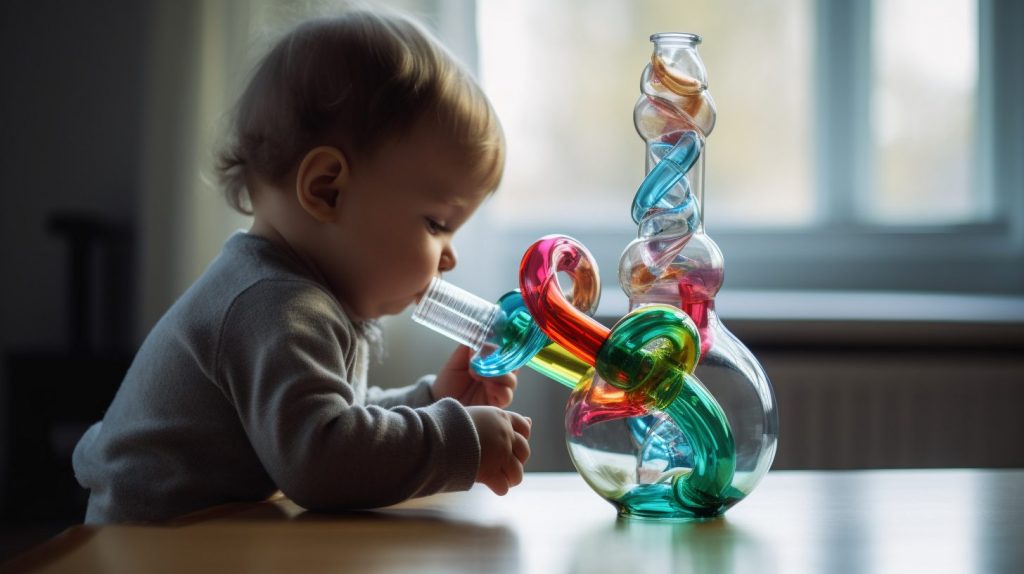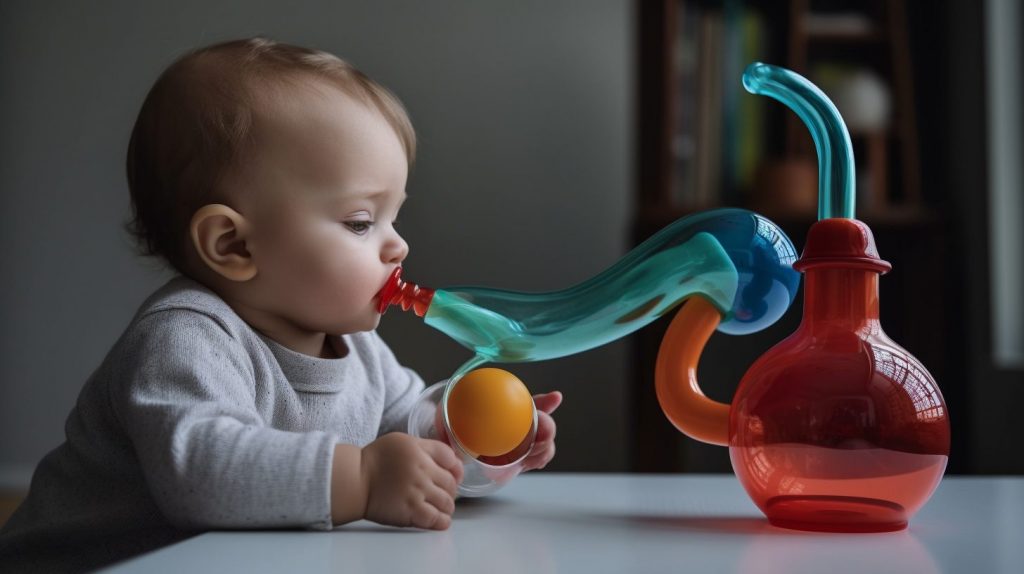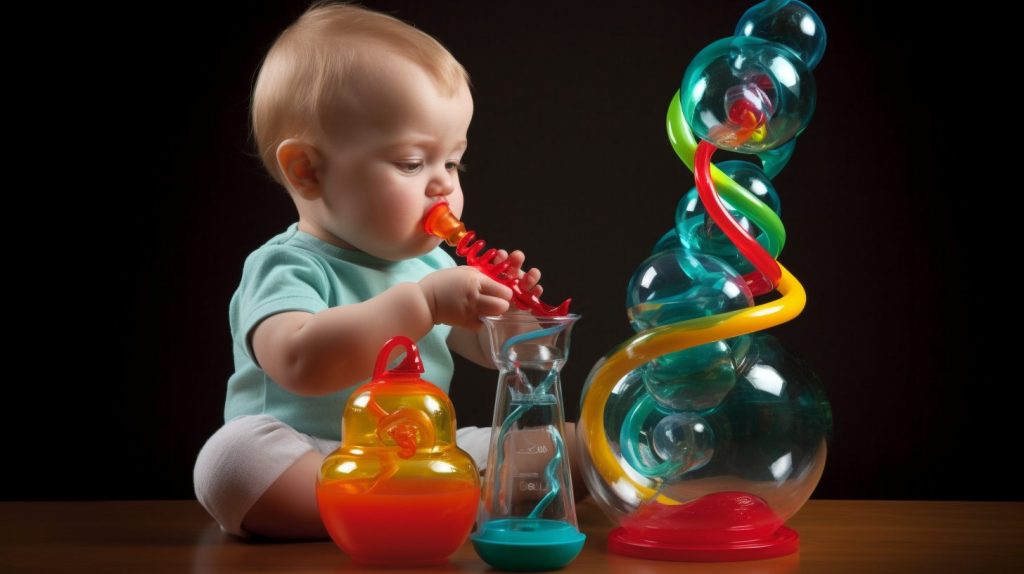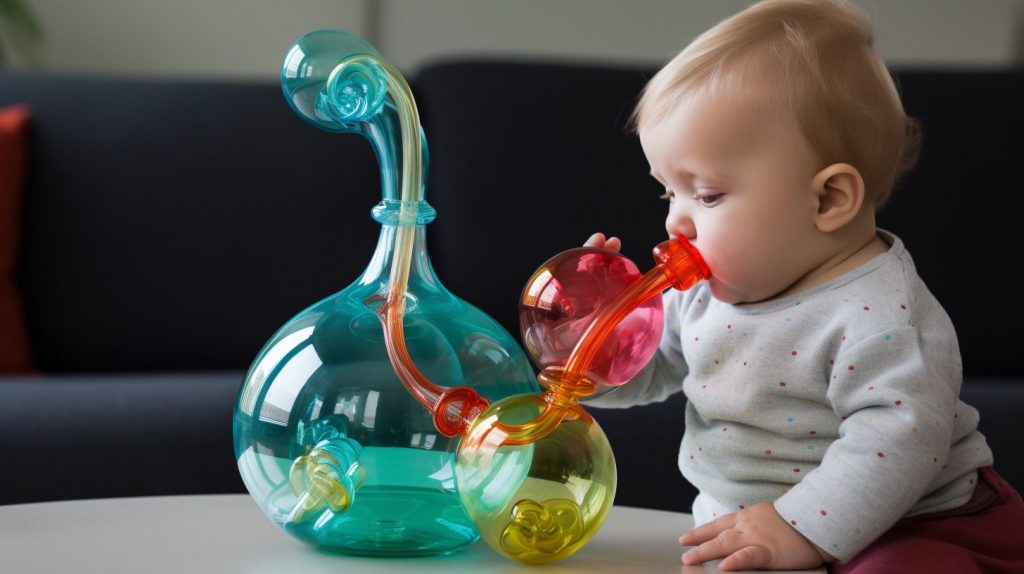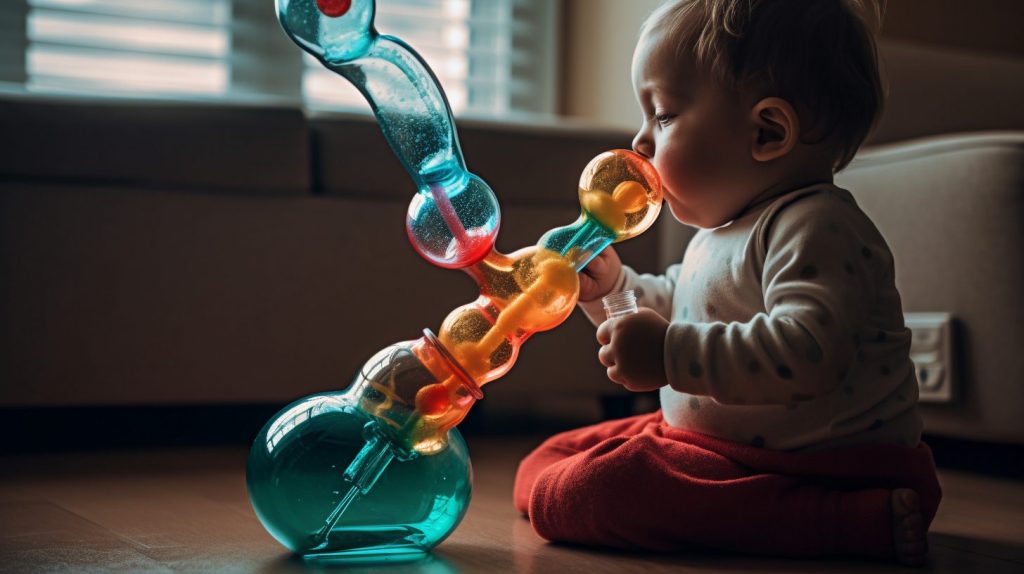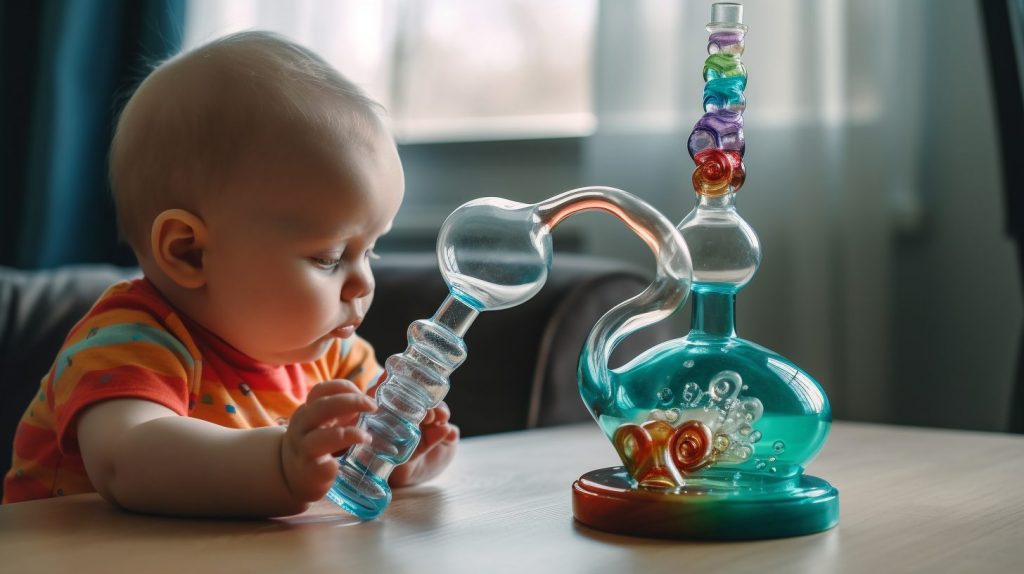In today’s world, children’s toys are under constant scrutiny. Modern parents are alert and aware of the impact that playthings can have on their child’s development, from encouraging creativity and fine motor skills to possibly promoting harmful behaviours. One such contentious subject is the emergence of toy bongs, which has parents all over the world expressing concern. The debate isn’t surprising, given that these toys mimic drug paraphernalia, leading to questions on whether they could potentially normalize or even promote smoking habits in toddlers.
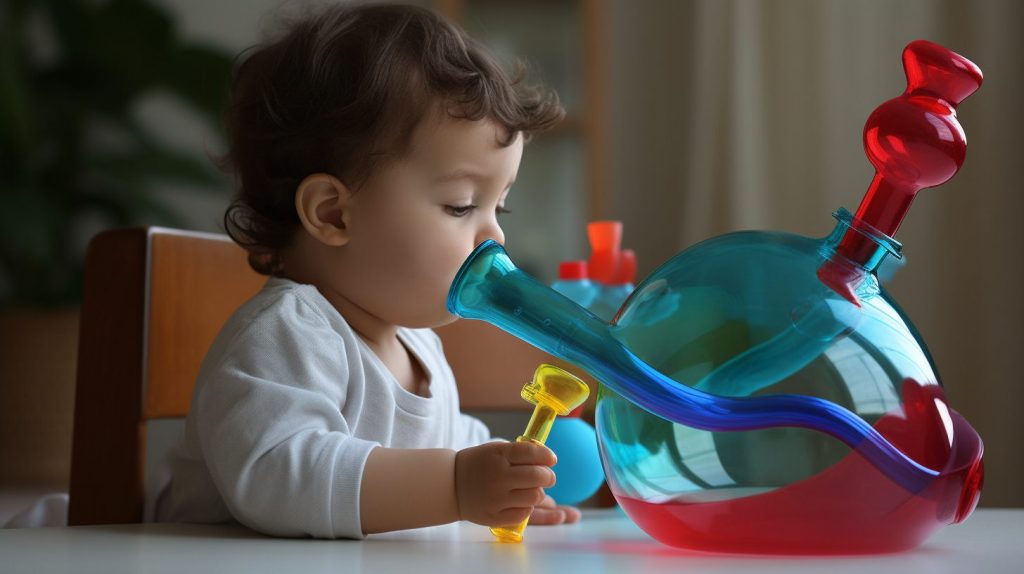
Understanding Toy Bongs and Their Presence
A toy bong is essentially a plaything designed to resemble a bong, a device often used for smoking cannabis. A bong itself is a filtration device generally used for smoking cannabis, tobacco, or other herbal substances. In the toy version, the bong is non-functional, made of child-safe materials and devoid of any harmful substances. Nevertheless, the imitation is unsettling for many parents and child psychologists.
Why are Parents Concerned?
Childhood is a phase of imitation and experimentation. Toddlers learn from their environment, and toys play an integral part in this process. They emulate what they see and experience, and toys often serve as tools for this mimicry. Given that context, the introduction of toy bongs has raised eyebrows.
- Promotion of smoking behavior: Parents are primarily concerned that playing with toy bongs might lead children to develop a curiosity about smoking and drug use. They worry it might normalize these behaviors and make them seem acceptable or even appealing.
- Inappropriate symbolism: Many parents believe toys should be age-appropriate and contribute positively to a child’s development. A toy that mimics drug paraphernalia, they argue, symbolizes activities that are not only harmful but also illegal in many jurisdictions.
- Possible risk of actual usage: While the toy bongs themselves are harmless, there’s a fear they could act as a gateway, making children more likely to use real bongs or engage in smoking behavior when they’re older.

The Psychological Perspective
From a psychological perspective, the toys children play with can have a significant influence on their development. According to Dr. Laura Markham, a clinical psychologist specializing in child development, “Children use toys to try on new roles, experiment, and explore interests.” This means that what may seem like harmless fun could inadvertently sow the seeds of harmful habits.
Toy bongs could potentially normalize the image of drug paraphernalia in the minds of toddlers. They might not understand the implications at their age, but this early exposure could lessen the perceived risks associated with drug use as they grow older.
The Industry’s Perspective
On the other hand, toy manufacturers and some parents argue that children do not understand what a bong represents and merely see these toys as novel objects to play with. They contend that it’s adult bias projecting harmful connotations onto these toys.
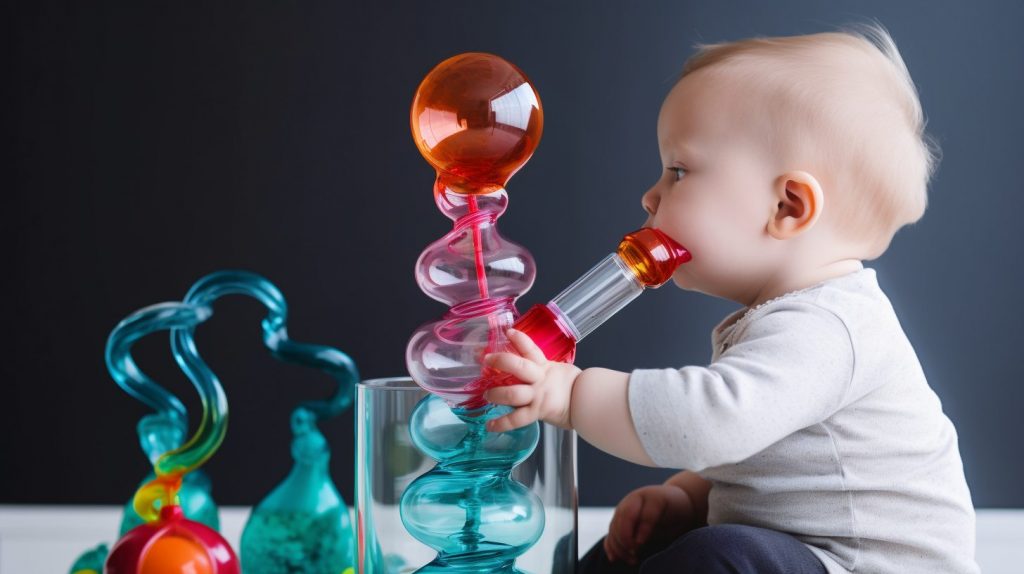
While this perspective does hold some validity, it dismisses the fact that children learn through imitation. Even if they don’t understand what they’re imitating now, they could grow up with a skewed perspective of smoking and drug use.
Striking a Balance: The Way Forward
The rising concern surrounding toy bongs raises an important question – how can we ensure our children’s toys are fostering healthy and appropriate development?
- Education and Awareness: Parents should educate themselves about the types of toys they buy for their children. Reading reviews, researching the company, and understanding the toy’s intended use can be incredibly beneficial.
- Age-appropriate toys: Parents should choose toys that are age-appropriate and promote healthy development. Open-ended toys like blocks, puzzles, and craft materials encourage creativity, problem-solving, and cognitive development.
- Active involvement: Parents need to involve themselves actively in their children’s playtime. This not only strengthens the bond between parent and child but also provides opportunities for parents to understand their child’s perceptions and address any misconceptions they may have.
- Open Communication: Discussing concerns like the one at hand openly with children when they are old enough can foster an understanding of the potential dangers associated with smoking and drug use.
- Advocacy: If parents feel strongly about the potential harm a toy can cause, they can advocate for change. This can include contacting manufacturers, retailers, and even local lawmakers. A collective voice can initiate change.
Wrapping Up
While the debate surrounding toy bongs continues, it serves as a vital reminder of the broader issue at hand—the influence of toys on the mental and psychological development of children. A toy might seem harmless in its material form, but it’s the symbolism and potential normalization of certain behaviors that have parents concerned.

It’s crucial that we remember children’s toys are not just playthings—they’re tools for exploration, learning, and understanding the world. The toys we provide our children can influence their behaviors, habits, and perceptions as they grow. As parents, guardians, or caregivers, our role isn’t merely to provide toys, but to ensure that these toys contribute positively to our children’s growth and development.
Ultimately, toys should inspire creativity, learning, and fun. They should pave the way for a healthy, vibrant childhood—not provoke concern, confusion, or controversy. It’s up to us, as the adults in the room, to make conscious, informed decisions about the toys we introduce to our children and to guide their play in ways that promote health, well-being, and a genuine enjoyment of their childhood.
